There is such a thing as really good Sauvignon Blanc and 2KW's wine director, Liinaa Berry wants to help you find it.
Drink better Sauvignon Blanc
Sauvignon Blanc has never been my go-to white.
I often find it to be a harsh wine to drink; simple, one dimensional, depleted of any texture and layers, almost like eating a dry celery stalk.
For six Sauvignon Blanc selections from Liinaa, scroll to the bottom of this article.
See, I much prefer biting into a ripe and juicy peach.
Add to that, I find the overt perfume a bit of a turn off – the wine equivalent of a squad of fresh-out-of-the-gym youngsters, breezing along the footpath trailed by a heavy waft of Lynx Africa.
When we talk about Sauvignon Blanc, we often think of overtly-perfumed wines with the typical passionfruit, pithy flavours, sometimes pungent hints of cat’s piss on a gooseberry bush, and notes of capsicum, asparagus, freshly cut grass, depending on the wine’s origin.
But this prejudice against Sauvignon Blanc, I’ve found, was actually a lack of education on my part.
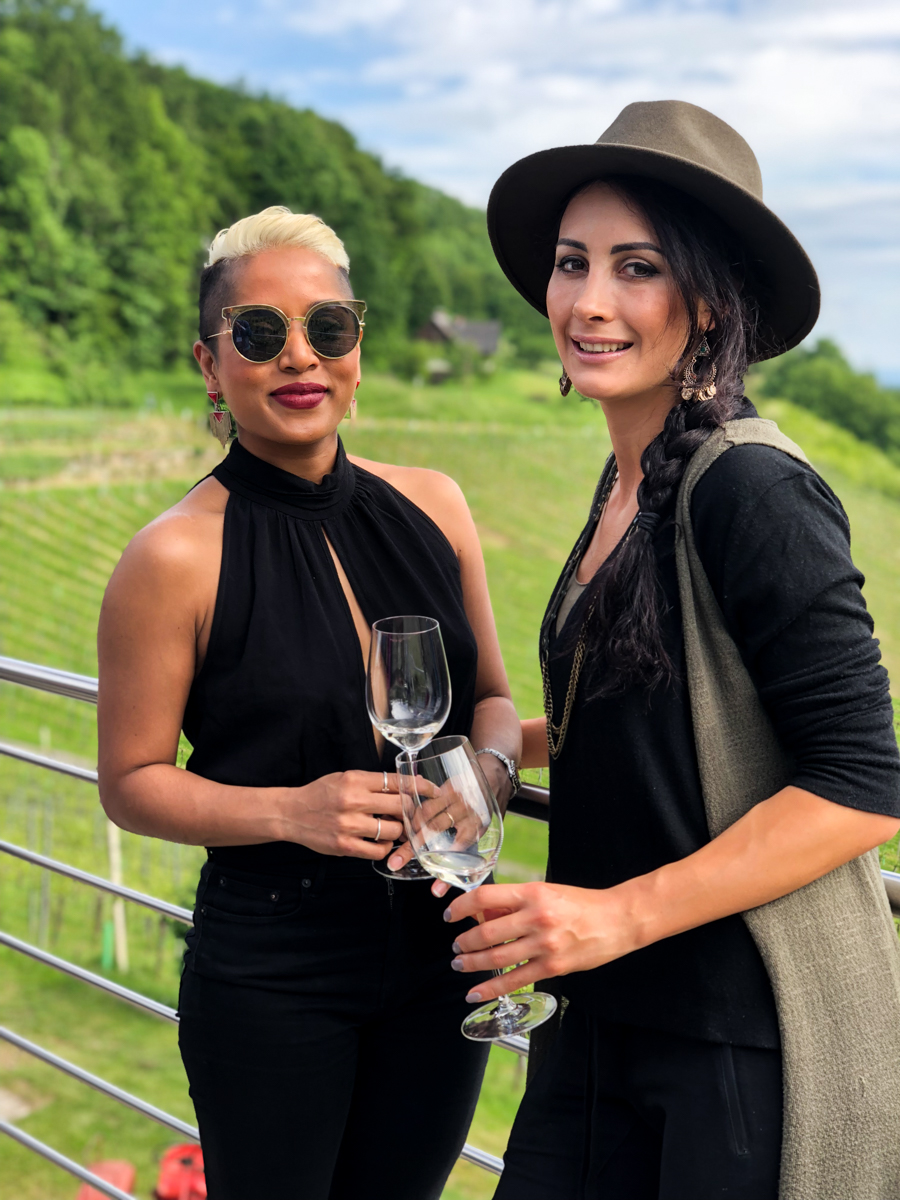
Liinaa Berry (above left) is wine director at 2KW. She very much enjoyed her trip to Austria, thanks for asking. Image: supplied
I recently visited Austria for Wine Summit 2019, an epic multi-region journey through the country, organised by the Austrian Wine Marketing Board. I travelled the borders of Slovenia and Hungary, and I tasted a huge range of the Sauvignon Blanc with precision, elegance and complexity.
If not for the Summit, I would probably still be wallowing in my ignorance.
We travelled from the Austrian-Czech border in the winegrowing region Weinviertel, near the Slovakian border; and Neusiedlersee, Mittelburgenland and Eisenberg, all adjacent to Hungary; through to Vulkanland Steiermark, bordering on Slovenia.
These regions showed me entire dimensions to Sauvignon Blanc I had never experienced, and I found myself wondering what exactly made these wines so different.
The variety’s reputation has suffered due to the aggressive, quick stainless steel vinification method often used by winemakers, who will then release the wine only a few months later
Sauvignon Blanc becomes an interesting grape variety when the winemaker instead employs a bit more thought and care in the winemaking process.
In Austria for example, instead of machine harvesting, the grapes can be hand picked, whole-bunch pressed, fermented with indigenous yeasts in barrel, aged in an oak foudre (large barrel), with time spent on its full lees and, finally, bottled without fining or filtration.
The resulting wine is then an authentic expression of the place it comes from, because fining hasn’t stripped back the unique qualities of the wine.
Fining removes cloudiness often associated with faults in wine, but in the process also cuts back in the wine’s complexity and therefore takes away from its full splendour.
The aim of winemaking should be to assist in letting nature express her true self, with flavours embracing purity and the natural characteristics of the fruit and soils. When you hear of ‘minimum intervention’ winemaking, this is what the term really means.
It does not mean that the winemaker has done nothing in the winery and it is certainly not a euphemism for lazy winemaking.
If anything, it speaks more of wine growing and conveys the necessity to let nature be the main component of wine – which is, after all, a natural product.
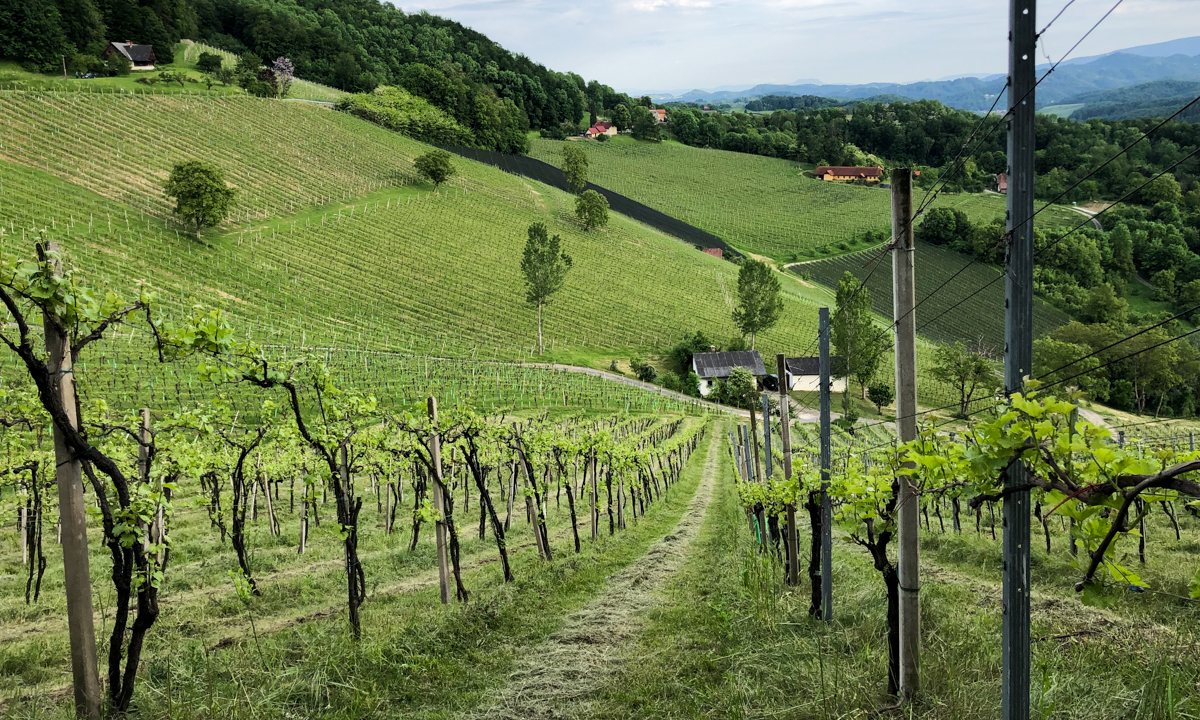
A vineyard along the border of Austria and Slovenia. Image: Liinaa Berry
In my experience as a sommelier, travelling across the planet to taste wines and meet vignerons, I look for wines made using minimal intervention methods. I search for natural beauty – a true reflection of place.
One of the most revered vignerons of our era, Nicolas Joly, from biodynamic estate Domaine de la Coulee de Serrant in the Loire, says wine is like music: there is the musician (the winemaker), the instrument (their equipment), and the acoustic.
The acoustic is the sense of place – the native yeast in the vineyard and that which occurs naturally in the cellar. Without the acoustic, there is only soulless and clinical wine.
This is what we mean when we say terroir; it is provenance, and is as important in wine as it is in food.
Another aspect underlying good Sauvignon Blanc is viticulture.
When the winegrower works with regenerative farming and small yields, cares for their vines by not using chemically reliant systems and works in sync with nature, then the natural yeasts can impart aromatic compounds to the wine that speak of where it has come from.
What I am describing is a living wine that is a true reflection of the symbiosis between human and nature, as opposed to a blanket wine one might thoughtlessly grab off the shelf at a drive-through bottle shop.
But just like the more thoughtful winemaker, to select good Sauvignon Blanc takes a little more care.
While browsing your cellar of choice, I urge you to take the time to savour this moment of introspection – think of it as a religious moment, or a therapy almost – and read deeper into the label about the winery’s practices and philosophy.
Select with care a better and more pleasurable bottle of Sauvignon Blanc to proudly share with friends (or enjoy on your own).
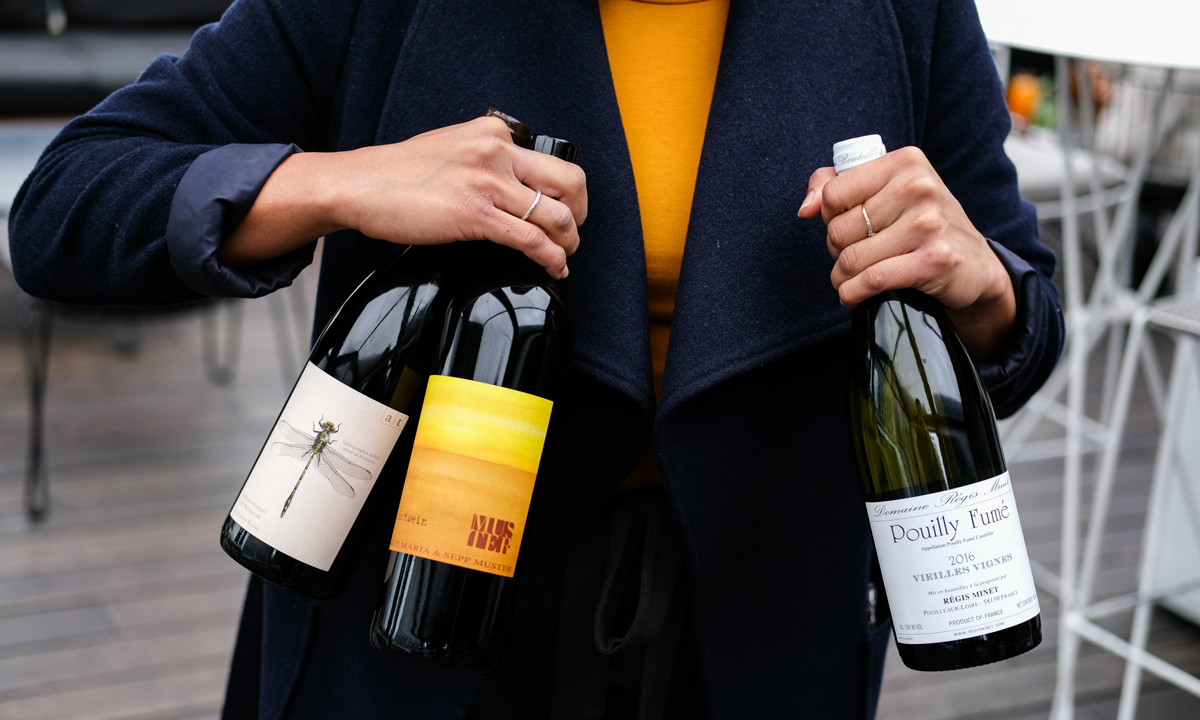
Fistfuls of proper Savvy B
Rather than being the bottle of last resort, plucked sheepishly from the furthest back reaches of your fridge when the dinner party has almost run dry, this Sauvignon Blanc can set a tone of decadence at the dinner table.
Not only will the bottle be emptied quickly, but it will remain atop the table throughout the night as an emblem of your good taste.
With the wines of Austria still strong in my memory, I went on a small mission to find some locally made Sauvignon Blanc to satisfy my newfound love for the variety.
If you have an adventurous spirit, broaden your palate with the six Sauvignon Blanc recommendations I have for you below (including a couple from the Loire and Austria).
Liinaa’s picks
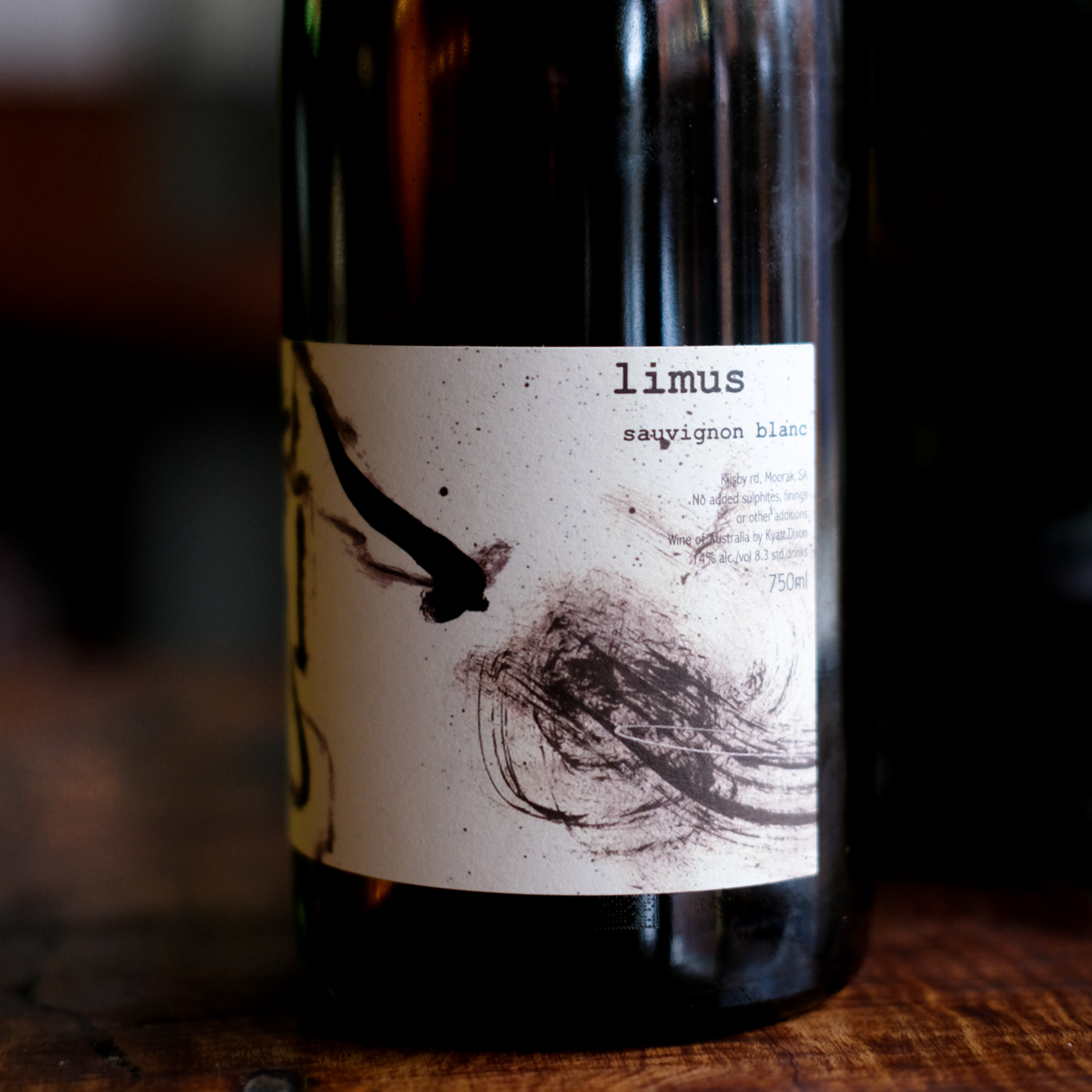
2017 Limus Wine Sauvignon Blanc (Adelaide Hills, SA RRP $42)
From the organic Scary Gully vineyard, Kyatt Dixon picked 70 rows and only obtained 400kgs of fruit, which resulted in just 20 dozen of this super interesting wine. All fruit was hand de-stemmed and left in tank for six months skin contact. The colour is almost blood orange from the extended maceration. The grapes were then pressed into an old French barrique and left in barrel for 1.5 years. The wine needed to sit in barrel for that long to tame and soften. No sulphites added. A flat-out experiment that actually worked out really well.
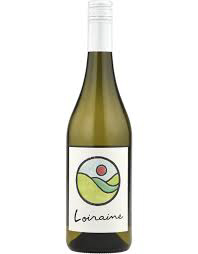
Image: Supplied
2017 Les Fruits ‘Loiraine’ Sauvignon Blanc (Adelaide Hills, SA RRP $30)
Tim Stock makes a lively wine here that is slightly creamy on the palate, it has plenty of energy, and expresses itself with notes of ripe grapefruit, a touch of salinity with some almond nuttiness that gives it weight but still finishes with vibrant orange and a hint of oxidative complexity.
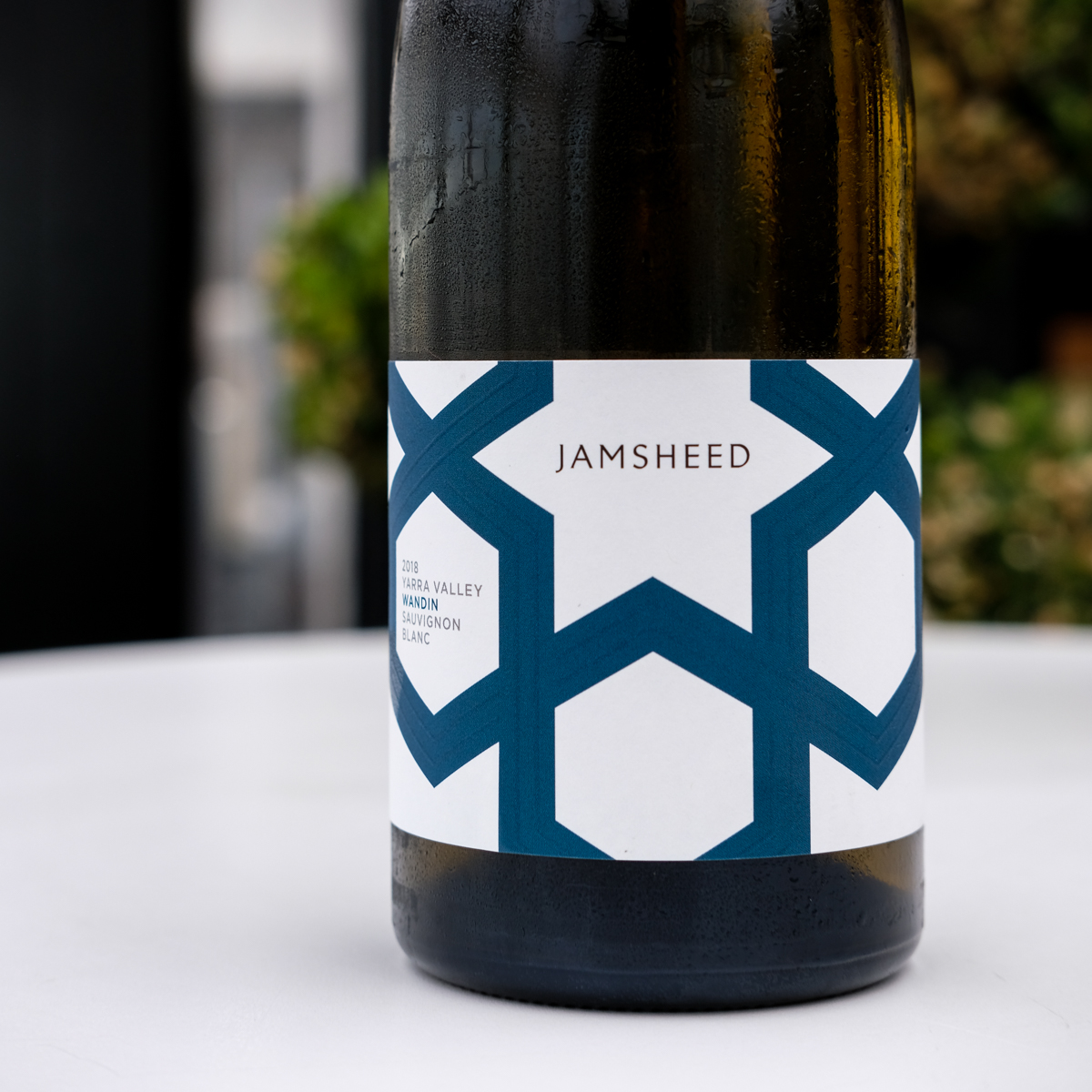
2018 Jamsheed ‘Wandin’ Sauvignon Blanc (Yarra Valley, VIC RRP $32)
This Sauvignon Blanc is dry grown on very special soil – volcanic red clay over bluestone rocks. Producer Gary Mills cares a lot about the microbiology of the soils, uses nothing synthetic to treat the vines, and lets the natural yeasts do its magic. This is a beautiful Australian Sauvignon Blanc that can stand comfortably in the same lineup as some of my favourite French examples from the Loire. Elegant, crisp, age-worthy, with lots of acidity but also textural. I recommend not serving this too cold, as cold temperatures can strip away its complexity.
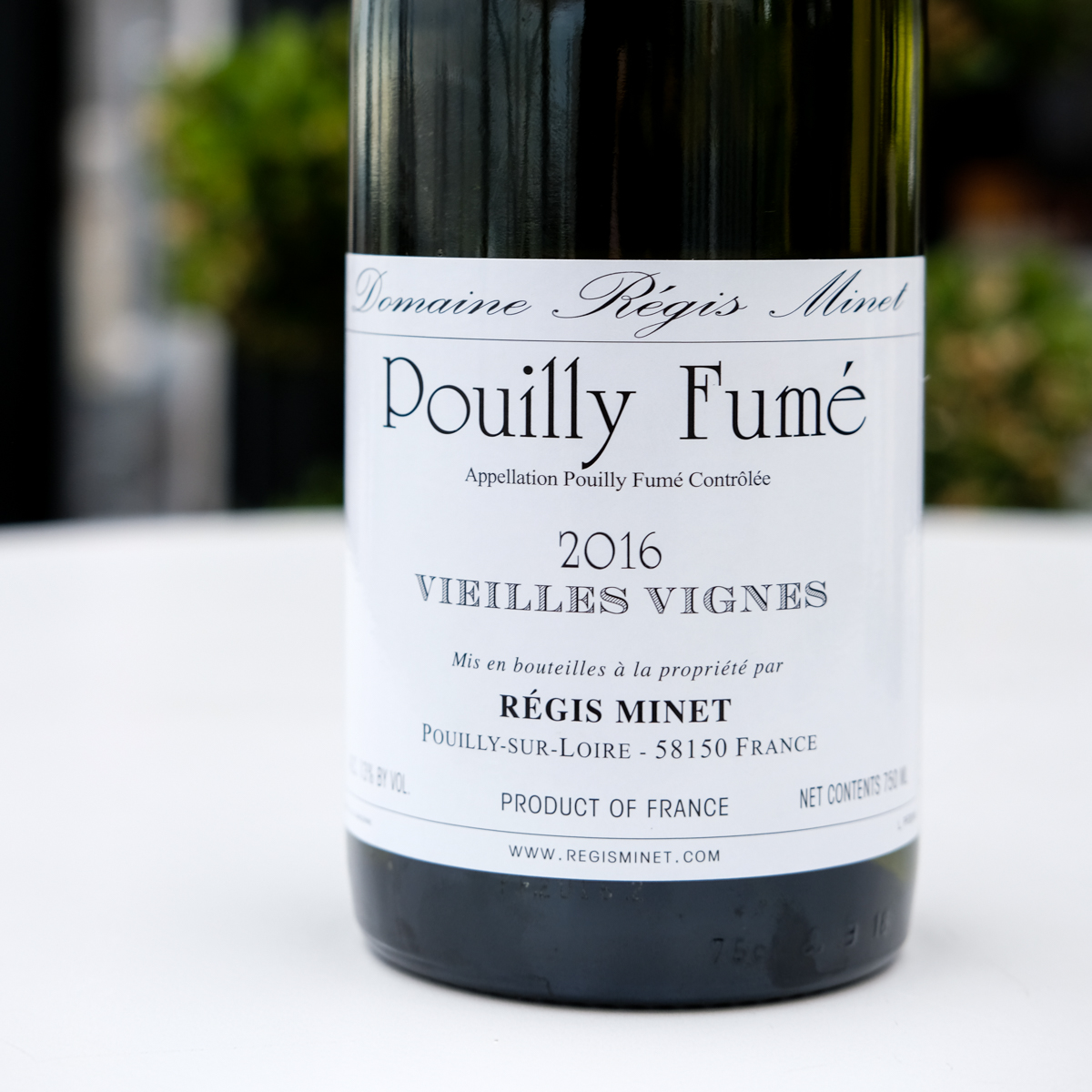
2016 Regis Minet Pouilly Fume Vieilles Vignes (Loire, France $50)
Ah the Loire Valley! The home of Sauvignon Blanc. The mineral-inflected, precise wine that Regis Minet makes here has the complexity of the old vines with expressive notes of kiwi and a superb mouth-watering acidity that calls for food. Perfect to have with an entrée of oysters or goats cheese salad, or raw fish. I am fond of pairing it with the Chef Trent’s tuna tartare at 2KW Bar.
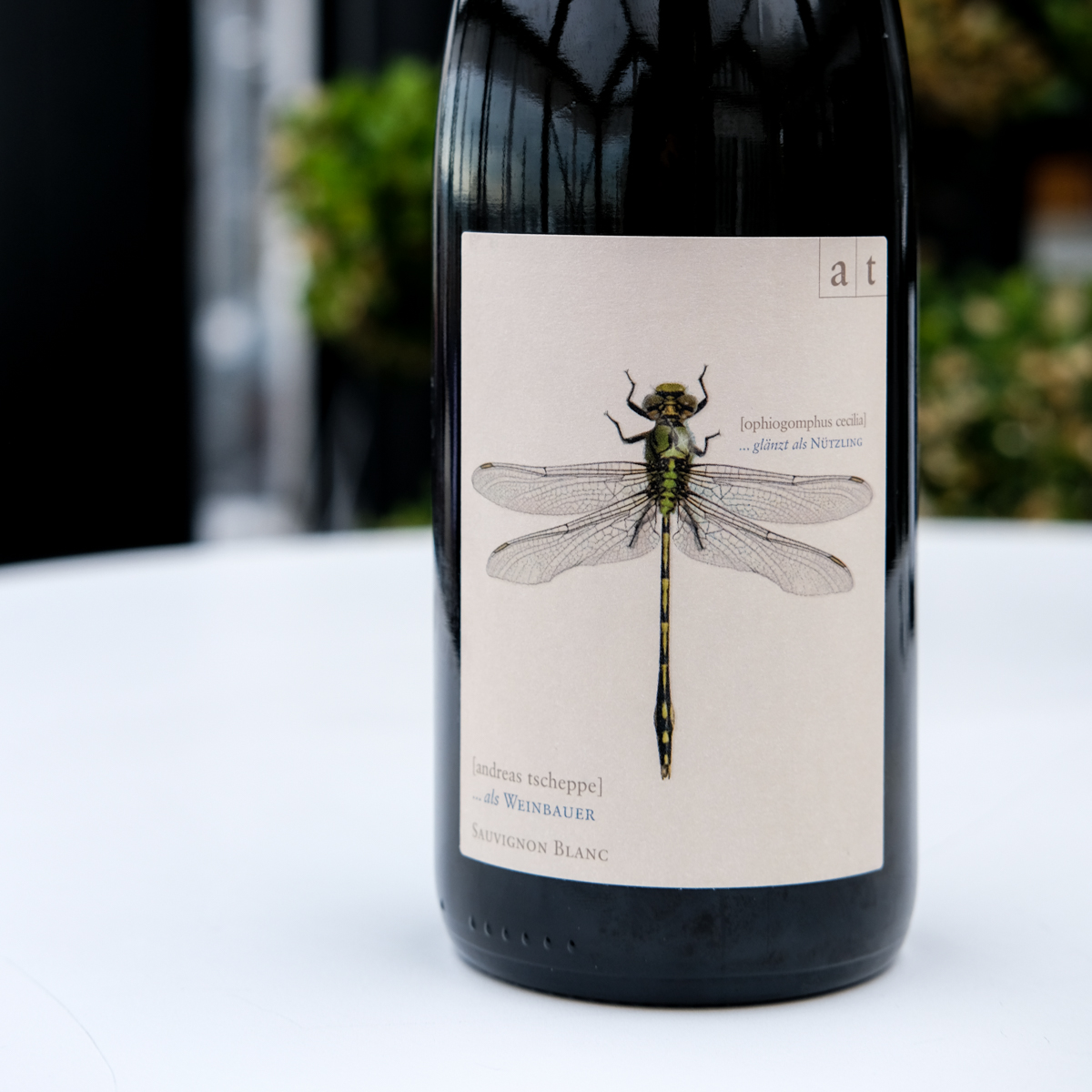
2015 Andreas Tscheppe Grune Libelle Sauvignon Blanc (Styria, Austria RRP $68)
This wine is one of the many wines I tasted throughout Styria, a wine region in the south of Austria bordering Slovenia. Floral notes of acacia and honeysuckle, intensely rich and subtly fragrant with lively pear drops, orange blossom and spice notes. Best of all: no sharp edges, no freshly cut grass, and definitely no cat’s piss.

Image: Supplied
2015 Sepp & Maria Muster Gräfin Sauvignon Blanc (Styria, Austria)
If you want to understand what a hedonistic wine tastes like, then this is for you. There is density and extract from three-weeks-long skin contact. It fills the mouth with spice of a candied ginger, with orange blossom, and a satin-like texture of ripe peach skin. The mid palate offers plenty of fruits, like salty apricot and mandarin peel. It’s slick and taut, although textural, with a chalky finish. One of the best orange wines I have had the pleasure to imbibe.
Recommended retail prices supplied by East End Cellars.




